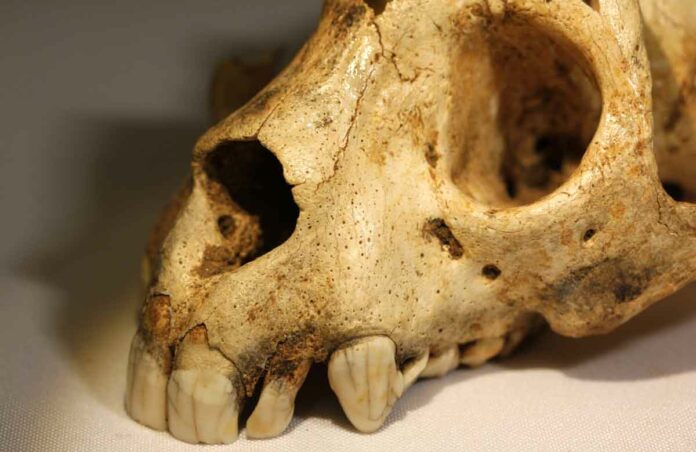University of Otago scientists have discovered fascinating clues to human evolution. They have analysed the teeth of extinct lemurs for their study.
The “surprisingly large” monkey lemur is called Archaeolemur. It had some novel anatomical features not seen in living lemurs, like the lack of a “tooth comb” in the front of the mouth for grooming. This is according to lead author Dr. Ian Towle of the Sir John Walsh Research Institute in the Faculty of Dentistry.
“These extinct lemurs look nothing like the ones that live today. They also bear striking resemblances to monkeys, apes, and humans, ” Towle claims.
The study was published in the American Journal of Biological Anthropology. It sought to assess the Archaeolemur diet by analyzing chipping in 447 teeth. The study also compared chipping frequencies to those of other primates.
The findings were surprising. The remarkable extinct lemurs have dentitions shaped like baboons. But it has tooth-chipping patterns similar to fossil hominins like Neanderthals.
The tooth-chipping patterns of archaeolemurs are unlike those of any other living primate. Their front teeth show significant fractures. Sometimes multiple tooth chips on a single tooth and very little chipping on their back teeth.
“Similar tooth fracture patterns have been observed in Neanderthals and other fossil hominins. These fracture patterns are thought to be related to tool-use behaviours in Neanderthals,” Dr. Towle says.
The findings are consistent with previous research on Archaeolemurs. The new study shows evidence that their large and robust front teeth were used to process a diet rich in hard and tough foods.
The study raises the “fascinating possibility” that stone tools do not always explain the high rate of fractures on Neanderthal teeth.
Archaeolemurs have similar tooth chipping pattern. But there is no evidence that they were capable of or used such tools.
“Studying extinct primates provides important insight into their diet and behaviour. It also sheds light on our own evolutionary history,” says Towle.
Given the overlap in skull, dental shape, and possible similarities in diet, it’s not surprising that Archaeolemur was initially thought to be an ape when it was discovered in Madagascar over a century ago.
Archaeolemurs is a fantastic example of convergent evolution. They have striking similarities to monkeys and apes. This species also demonstrates the extent to which Madagascar’s lemurs have diversified into a variety of ecological niches.

